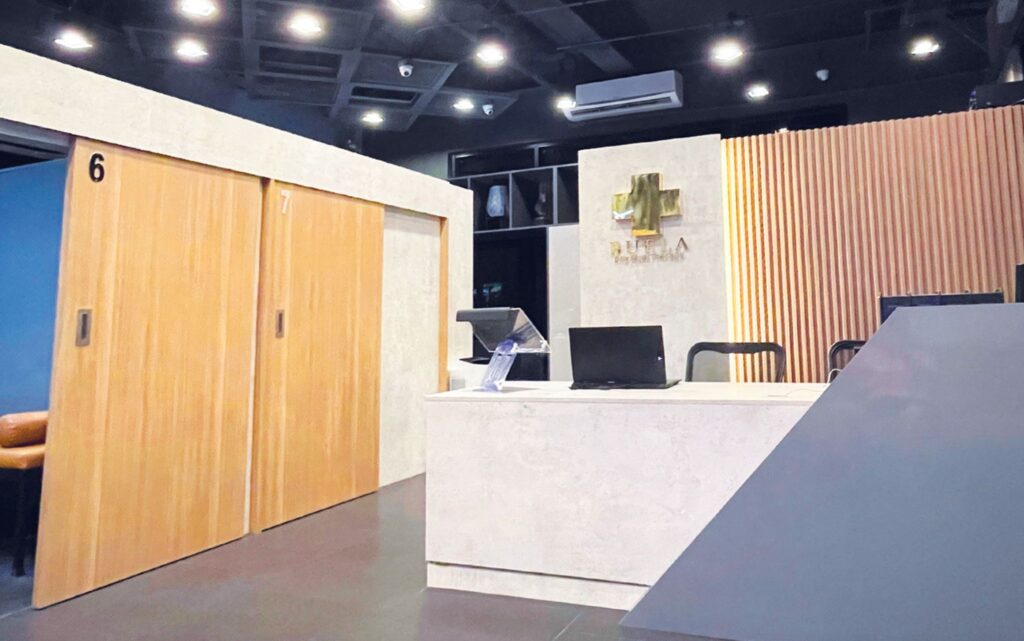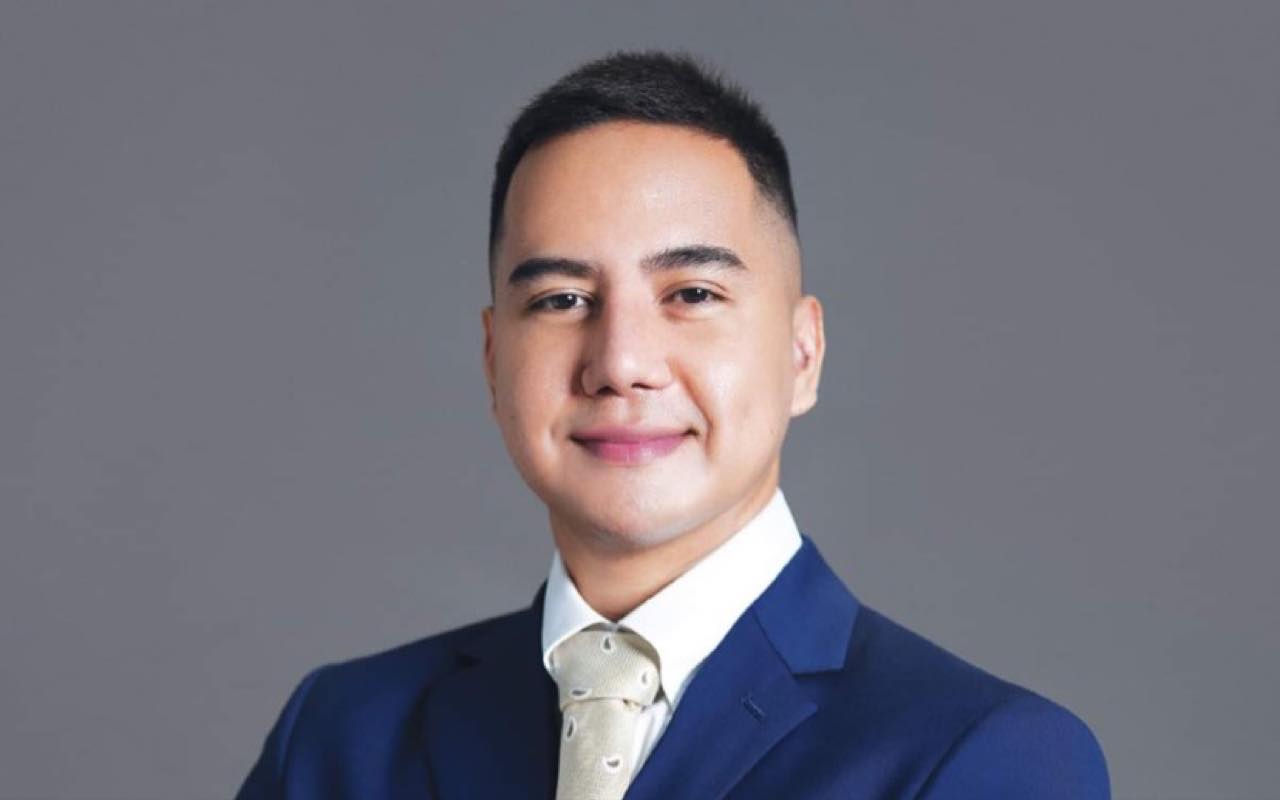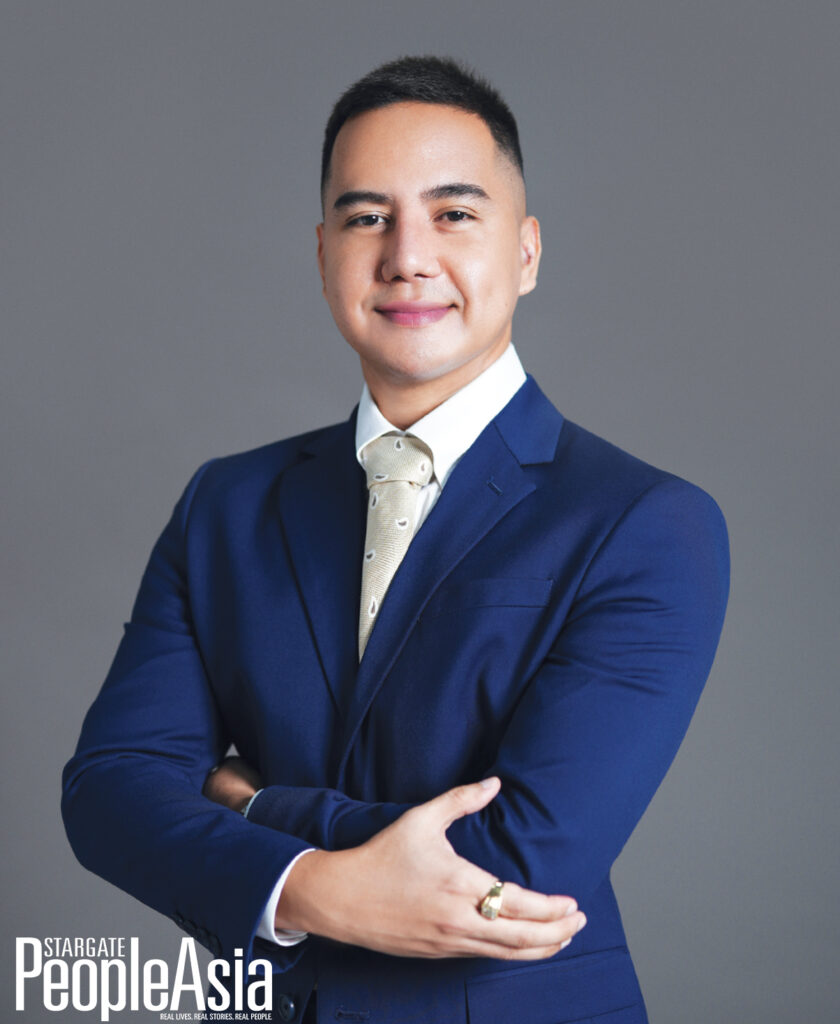As CEO of Buela Physical Therapy Clinics, this licensed physiotherapist and entrepreneur wants to elevate the practice of physiotherapy in the country, while making it more accessible to Filipinos who are in search of ways to heal their chronic aches and pains.
Gerald Buela is a man on a mission.
He intends to empower everyone to walk into a physical therapy clinic with the same zeal and enthusiasm he or she would feel in a high-end beauty and skincare center. For him, relieving the body of its aches and pains is certainly something worth investing in.
“I want people to consider physical therapy as a regular part of their lifestyle,” he says. “It’s my advocacy to elevate physiotherapy by pursuing new technologies, procuring state-of-the-art machines and creating well-appointed therapy centers — investments that many are yet to make” he says.
“We’re the only ones to have certain types of machines in the Luzon area. That’s how dedicated I am, even if I have to invest heavily. I want to share the latest technology [with patients] because that’s the way to elevate the practice,” he says with such passion.
A licensed physiotherapist himself, he wants to broaden his fellowmen’s understanding of how physical therapy could benefit individuals, as well as educate them further on how it can be honed as a practice.
Finding his way home
“My initial plan was to work abroad because the US pays a premium for therapists, and there is respect for the profession there. They also use the best machines,” he says. Then again, the prospect didn’t feel quite as fulfilling for him.
“Why go away, when we can achieve this here? Why not stay here and be with my family while elevating our own industry?” he asked himself.
And so, a dream was born. “ I want to make physical therapy more accessible across the country. I intend to raise industry standards so that physiotherapists wouldn’t have to go abroad to make a decent living.”
He also aims to correct some misconceptions about the practice. Foremost among them is the misguided notion that physiotherapists and massage therapists are one and the same.
“Physical therapists are medical professionals who train for five years. We use the aid of machines along with some physical massage, but it’s minimal,” he reminds. Physiotherapy, on the other hand, deals with the totality of the body, treating muscles, nerves and bones.
Cost is yet another concern for many people when it comes to physical therapy. However, they, too, may not realize that HMOs cover treatments and that PT is considered part of primary care.
‘Interconnected’
Everything is interconnected, he reminds. “For instance, people may not realize that their headaches might be caused by compressed nerves in the neck and shoulders because the muscles in these areas are tight—again, caused by bad posture or tension— thus compressing nerves and restricting blood flow.”
Physiotherapy pays particular attention to posture, which is often the root of many other chronic aches and pains. “If you don’t fix the posture and the muscles aren’t properly activated, the pain will return,” says Buela.
Buela himself has perfect posture and practices what he preaches. “From the nerves, to the muscles, down to correcting the posture—that’s the goal! Our promise is to fix your problems one posture at a time,” he states. “We want to give you freedom from pain. Filipinos often prefer to take pain medication, but we all know it only gives temporary relief. If the problem is more chronic, we want something more permanent and long lasting.”
Athletes often learn to deal with, train and perform with some pain because certain muscles are overused. Going to regular physical therapy means athletes won’t be prone to injury and they can bounce back more easily when they return to training.
Buela, who occasionally plays polo, says he has fallen off his horse and credits his physiotherapy sessions for not suffering any serious or lingering injuries and aches.
He also shares that there has been an increase in muscle and posture strains recently, due to working from home, wherein people aren’t as physically active or mobile.
Buela also explains that not all cases would require the usual eight to 10 sessions. Depending on one’s condition, along with a thorough screening done by their on-site doctors and therapists, sometimes a visit or two can do the trick.
Part of elevating the brand is paying attention to their interiors’ look and feel, which resulted in its clinics’ minimalist modern design. “Some of our patients don’t do well in hospital settings. Thus, their progress is very minimal,” he informs. “They don’t find the level of pain relief they desire.”
Investing in people
Buela also invests in people. For one, he made sure that the staff room looks just as polished as the rest of the clinic. No section, even the nurses and therapists’ lounging area, is taken for granted.

“I made sure they have a couch and that each employee has his or her own locker. They can rest properly and eat meals comfortably. I want them to have a sense of ownership in the space and be proud of it. I want them to feel they’re the professionals that they are,” he declares. The Buela Clinics also pays physiotherapists at least double the industry standard.
Before the year is over, Buela is planning to add four more branches in key locations in the metro. “I want to make it easier for people to seek out physical therapy whenever they feel pain or discomfort,” he says.
Envisioning physical therapy to become a cornerstone in the country’s medical tourism efforts, Buela dreams that someday, patients based abroad would find themselves going to the Philippines in their quest for the best physical therapy — similar to what’s happening now in the field of cosmetic surgeries.
Eventually, he wants people to think of “Buela” as the name and place to be at when it comes to physical therapy. He imagines people saying, “Pa-Buela kaya ako?” or “Bakit di ka magpa-Buela?”
“Physical therapy [still] doesn’t have a face,” Buela says matter of factly. “Let’s go create one!”
To know more about Buela Physical Therapy Clinics, click here.






